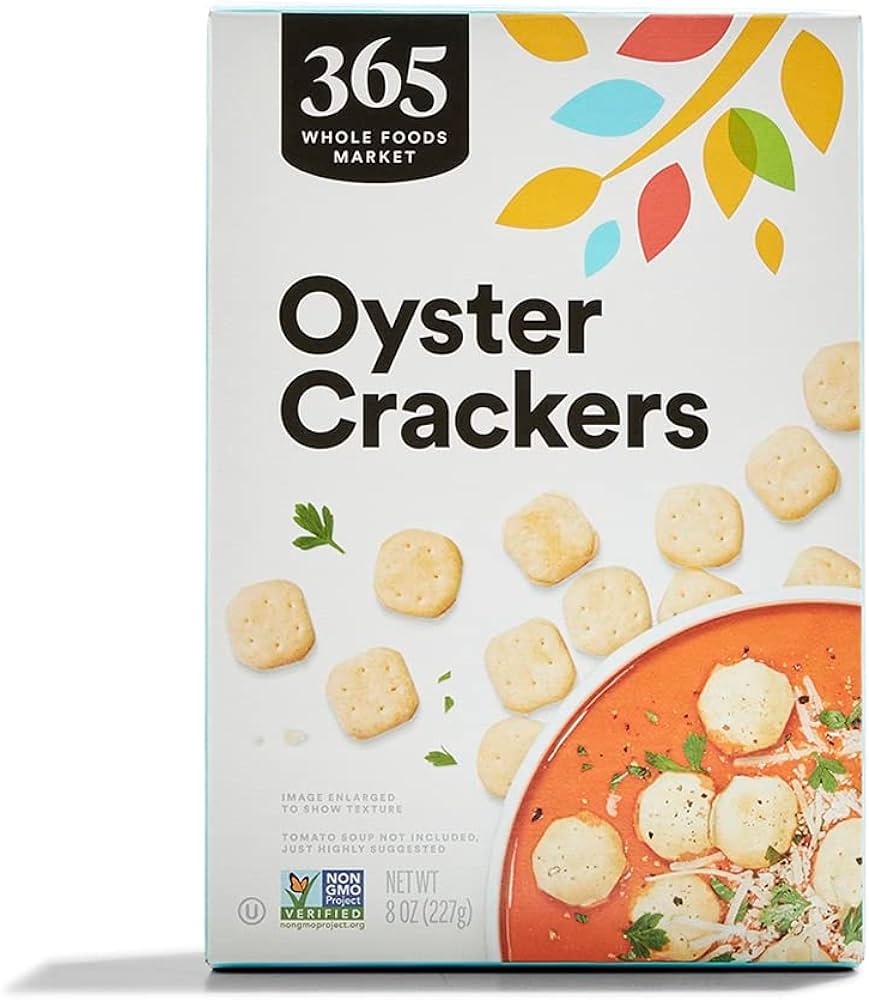Oyster Stew Recipe: History, Ingredients, Health Benefits, and Perfect Pairings
Oyster stew traces its roots to the early settlers in North America and Europe. Native American tribes and coastal colonies frequently consumed oysters due to their abundance and nutritional value. Early records show that oyster stew became a staple in many households, especially in New England. It holds significant cultural value, often appearing at holiday gatherings and special occasions. Many associate it with Christmas Eve celebrations, particularly in Irish-American communities.
Evolution of the Recipe
The recipe for oyster stew has evolved over centuries while maintaining its core ingredients. Initially, simple recipes included oysters, milk, cream, butter, and basic seasonings. Variations emerged with the addition of ingredients like leeks, celery, and herbs. Some recipes incorporate sherry or white wine for added depth. Despite these variations, the essence of the stew remains—the harmonious blend of briny oysters and a creamy base continues to delight palates.
Key Ingredients in Oyster Stew
Choosing the Right Oysters
Selecting fresh, high-quality oysters is crucial for a flavorful stew. Opt for live oysters if available, buying from reputable sources to ensure safety and freshness. Shucked oysters in containers are also a good option, but verify their origin and packaging date. East Coast oysters like Blue Point or Wellfleet offer a briny taste, while West Coast varieties like Kumamoto provide a sweeter profile. Size matters too; smaller oysters are tenderer and blend well in a stew, delivering a consistent texture.
Essential Herbs and Spices
Herbs and spices elevate the flavors in oyster stew. Bay leaves add a subtle earthiness, enhancing the natural briny taste of the oysters. Fresh thyme offers an aromatic hint that pairs well with the creamy base. Celery salt introduces a delicate, underlying depth, complementing the stew’s richness. A pinch of cayenne pepper can provide a gentle kick, balancing the creaminess with a touch of heat. Black pepper is essential for its simple, yet robust spice profile, integrating all the flavors harmoniously.
By focusing on these key ingredients, you can create an oyster stew that captures the essence of its historical roots while delivering a satisfying, contemporary culinary experience.
Cooking Techniques
Traditional vs. Modern Methods
Traditional methods for preparing oyster stew revolve around simplicity. Start by sautéing onions or leeks in butter, then add the oyster liquor to the pot. Slowly heat the mixture without boiling, and add the oysters. Once the edges curl, incorporate milk or cream, stirring gently to blend. This method preserves the delicate flavors of oysters, reflecting historical roots.
Modern methods introduce variations that enhance and elevate the dish. Chefs often use food processors to finely chop vegetables, ensuring even distribution. Some incorporate white wine or sherry earlier in the cooking process to infuse the stew with complex flavors. Adding thickening agents like potato starch or flour can create a richer consistency. These methods retain the essence of oyster stew while allowing experimentation with textures and flavors.
Common Mistakes to Avoid
Avoid boiling the stew to prevent overcooking the oysters. High heat can cause rubbery textures and compromise flavor. Instead, maintain a gentle simmer.
Incorporating heavy spices can overshadow the natural brininess of oysters. Balance seasonings to enhance, not overpower, the dish.
Using low-quality oysters impacts the overall flavor and texture. Always select fresh, high-quality oysters for the best results, ensuring the final dish embodies the intended culinary delight.
Neglecting to strain the oyster liquor might introduce grit into the stew. Ensure you strain it to maintain a smooth texture.
Health Benefits of Oyster Stew
Nutritional Value of Oysters
Oysters provide numerous nutrients, making them a valuable addition to your diet. They’re rich in protein, offering approximately 9 grams per 3-ounce serving. This high protein content supports muscle repair and growth. Oysters also contain omega-3 fatty acids, important for heart health and reducing inflammation. Iron, found in significant levels, helps improve oxygen transport in the blood. Additionally, oysters are an excellent source of zinc, essential for immune function and wound healing.
Dietary Considerations
When considering oyster stew, evaluate dietary factors to ensure it fits into your lifestyle. It’s low in calories, with just 69 calories per 3-ounce serving of oysters. This makes it a good option for weight management. Stew can be customized for various dietary needs. Replace cream with coconut milk for a dairy-free version. Use gluten-free thickeners if you have gluten intolerance. For those monitoring sodium intake, opt for fresh oysters and control added salt to maintain heart health.
Serving and Pairing Ideas
Best Accompaniments
To enhance the flavors of your oyster stew, select accompaniments that complement the dish’s creamy texture and briny taste. Serve crusty bread to soak up the broth and add a contrasting texture. Consider incorporating a side salad with a tangy vinaigrette to balance the rich flavors. Adding roasted vegetables, such as carrots or Brussels sprouts, provides both color and a variety of textures. If you prefer something lighter, offer steamed asparagus or green beans seasoned with lemon and herbs. For an added touch, include a sprinkle of freshly chopped parsley or chives over the stew before serving.
Wine Pairing Suggestions
Wine can elevate your oyster stew experience by bringing out its rich, complex flavors. Choose a crisp, dry white wine like Sauvignon Blanc or Pinot Grigio for a refreshing contrast. If you favor a more robust option, opt for a Chardonnay with notes of oak and butter. Sparkling wines, especially Champagne, make an excellent choice due to their acidity, which cuts through the stew’s creaminess. For red wine enthusiasts, a light-bodied red like Pinot Noir works well, provided it has lower tannin levels. Experimenting with fortified wines such as Sherry can also lead to delightful pairings, adding depth and complexity to your oyster stew.
Conclusion
Oyster stew is a timeless dish that combines rich flavors with impressive nutritional benefits. Whether you’re following a traditional recipe or adding your own modern twist, this savory stew is sure to impress. Remember to use fresh, high-quality ingredients and don’t shy away from experimenting with different herbs and spices to make it uniquely yours.
Pair your oyster stew with complementary sides and a well-chosen wine to create a memorable dining experience. From crusty bread to tangy salads and roasted vegetables, the right accompaniments can elevate your meal. Enjoy the delightful combination of briny oysters and creamy broth, knowing you’re indulging in a dish that’s both delicious and nutritious.






